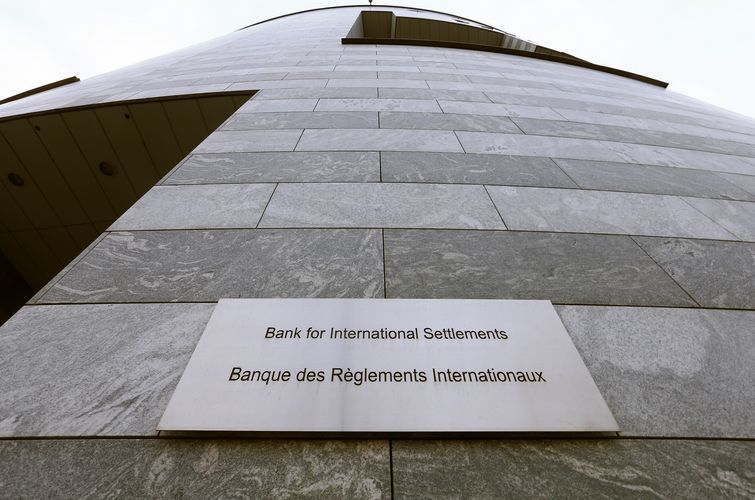Derivatives exchanges have failed to lure business away from the over-the-counter swaps market despite sweeping reforms that have hiked the cost of bilateral exposures.
Data from the Bank for International Settlements show that daily turnover in OTC interest rate instruments has grown by 30% to US$2.7trn since 2010. Exchange-traded activity – a larger portion of the rates market with US$5.1trn traded daily – has shown no clear trend since a period of rapid growth came to an abrupt halt in 2008.
An increase in the OTC portion, from 20% to 33% over the past decade, comes despite a slew of G20 measures including mandatory central clearing, collateralisation of bilateral exposures and trading on regulated venues, which have hiked swap costs.
“While this might have been expected to lead to more trading on exchanges, the latest data suggest that innovations in OTC markets appear to have made OTC instruments more attractive,” say Robert McCauley and Philip Wooldridge, joint authors of a report in the latest BIS quarterly review.
Central counterparty clearing has addressed counterparty credit risk concerns, while the development of swap execution facilities has bolstered liquidity in vanilla instruments, a recent Bank of England study said.
Compression services have played a vital role in supporting continued OTC activity, enabling derivatives counterparties to eliminate economically redundant contracts to reduce gross exposures that would otherwise attract hefty capital charges under Basel III.
“The latest data suggest that innovations in OTC markets appear to have made OTC instruments more attractive”
“The numbers are a surprise and it suggests that people are looking away from traditional listed products to get their US dollar exposure,” said a regulatory expert at one clearing firm. “I think there’s still a bit of regulatory arbitrage going on in the OTC market and people are taking advantage of jurisdictions yet to implement rules while they still can.”
Cusp of change
Industry efforts to reshape OTC derivatives around a more stringent regulatory regime may be reaching their limit, however, and some believe that the market could be on the cusp of change.
“The OTC market continues to be vibrant, but that doesn’t mean it is sustainable in its current form,” said Neal Brady, CEO of Eris Exchange, a provider of listed swap futures contracts. “The industry has implemented workflow efficiencies in the OTC market, but none of these adaptations have addressed the underlying structural impediments created by the new regulation.”
The final pillar of the G20 agreement, requiring swaps counterparties to post initial and variation margin against uncleared exposures, could support a shift. The rules went live in the US, Japan and Canada earlier this month and should be implemented across Europe and Asia next year.
“Derivatives end-users are already looking at alternatives to the OTC market for managing their rates exposures as swap margining is a huge and costly change,” said a structured solutions head at a European dealer. “We’ve yet to see the real impact as banks are nowhere near to reflecting the true cost of OTC exposures in swaps pricing, but it will happen.”
Gaining traction
New listed products such as swap futures, which mimic the economics of a swap, have begun to gain traction but are yet to lure activity away from the OTC market. Open interest in CME’s deliverable swap futures now stands at 66,000 contracts while Eris Exchange’s swap futures has hit a record 167,000 contracts in open interest as more clients jump on board.
“Early movers included those who had no access to the swap market, but we’re increasingly seeing traditional OTC clients migrate to the Eris product due to the appeal of the offering or because they have been priced out of the market and ‘off-boarded’ by their clearing firm,” said Brady.
“CTAs and other systematic funds love the ability to trade the products anonymously in an order book, while large asset managers are looking at the offering from a fiduciary responsibility perspective as they seek best execution.”
He notes greater adoption of the products since late 2015, when US banks began reporting under Basel III leverage ratio constraints.
Continued demand for OTC products over exchange-traded alternatives may also reflect cyclical factors. Low and negative interest rates have dampened demand for short-term rates exposures that dominate listed activity.
“The sustained period of low and stable policy rates in major economies has reduced hedging and positioning activity in short-term rates, especially in euro and yen rates,” said the BIS report authors. “Even at the long end, market participants appear to be switching from contracts based on government bond yields to ones based on private yields, namely interest rate swaps rates.”
